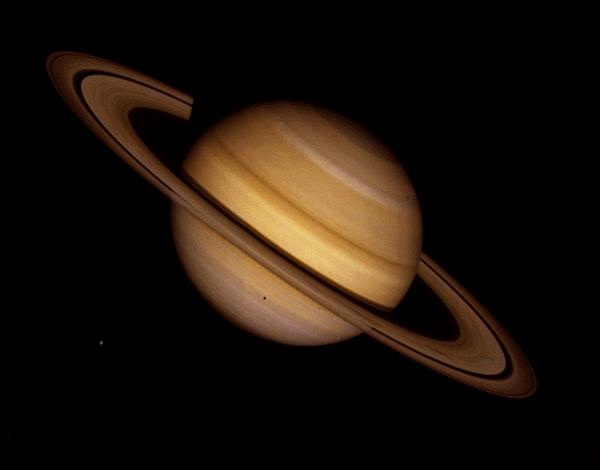
Saturn is a planet that belongs to the solar system. It is distant from the Sun by ten times the distance of our planet from the Sun. Saturn is the second largest planet in the solar system. It belongs to the group of gas planets. The chemical composition, structure and energy balance of this gas giant are almost identical to those of Jupiter. Saturn’s mass is approximately 95 times that of Earth. Due to its gaseous structure, its density does not exceed that of water.
The name
The name of the planet comes from the Roman god Saturn, in whose honor the annual festival was organized – Saturnalia, celebrated in ancient Rome. In Hinduism, the planet was treated as the god Sani.
Quick spin
Saturn rotates very quickly on its axis; the rotation time is about 10.23 hours. Such a rapid rotation around its axis and due to the action of centrifugal force, the planet is characterized by distinct flattening at the poles. Saturn’s equatorial and polar radii differ by about 11%. One of the most distinctive and distinctive features of Saturn is the ring system surrounding it on the equatorial plane.
Saturn’s rings
Saturn’s ring system consists of two concentric rings separated by a so-called Cassini gap and a third, less prominent ring. In fact, Saturn is surrounded by seven rings, but only three are perfectly visible from the Earth’s surface, even with faint optical instruments. This distinctive ring system of Saturn is estimated to be 250,000 kilometers in diameter and only 1.5 kilometers thick. Therefore, it should be assumed that their mass is small – if we could make them a solid with a compact structure, its diameter would be only 100 kilometers. Saturn’s rings are mainly composed of individual ice lumps and rock fragments covered with frozen water. Their size varies greatly. There are solids one centimeter in size, and there are also those whose diameter reaches several meters. Larger lumps orbit Saturn in slightly different orbits. In the late 1970s, the Pioneer 11 space probe managed to pass through the ring system, revealing more details about their structure. In turn, the Voyager sons discovered in 1980 and 1981 the existence of several hundred separate ring structures.
Density
Saturn is the least dense planet in the solar system. Saturn’s density is 0.687 grams / cubic centimeter. By comparison, water has a density of 1 g / cm3 and Earth has a density of 5.52.
First sighting
The Assyrians first saw Saturn in 700 BCE. They named the planet the Star of Ninib, after the Assyrian god.
Saturn’s satellites and moons
Saturn, like adjacent Jupiter, has an exceptionally large number of satellites. Recent data report the existence of 56 satellites of this planet. Some of the moons experience rather complex tidal interactions associated with Saturn’s ring system. It is assumed that the three moons (known as the Shepherd’s moons) – Atlas, Prometheus, and Pandora – are responsible for the fact that the rings have not broken up so far. Another of Saturn’s moons, Mimas, is probably responsible for the Cassini break in the planet’s ring system. Until now, the origin of Saturn’s rings remains unexplored. Probably hypotheses assume that they were created from a crushed moon. Unfortunately, despite intensive research, this remains only a scientific guess.
Visible with the naked eye
Saturn is the last planet of the solar system that can be observed with the naked eye. From the surface of the Earth, it can be observed as the brightest star (although, of course, it is not a star but a planet). Saturn’s orbital time is 29.5 years, and its distance is over 1.4 billion kilometers. Saturn is only slightly behind Jupiter in its size. The ringed planet is 121,000 kilometers in diameter.
Clouds formations
There are bands of clouds on Saturn’s disc, similar to those found on Jupiter. The temperature of the outer layers of the atmosphere is around 165 degrees Celsius, 30 degrees higher than what the planet would have been if it had been heated only by solar radiation. The remarkably high similarity between Saturn and Jupiter allow us to draw conclusions that both of these planets can also be remarkably similar in terms of their internal structure. It can be assumed that Saturn will have a vast magnetosphere. It is worth noting that the energy that is emitted from the surface of Saturn is more than twice as large as the solar energy that has been absorbed by the planet.
NASA and ESA missions
- Pioneer 11
In September 1979, the space probe – it was Pioneer 11 – first approached Saturn. It flew at a distance of 20,000 km from the upper cloud layer of the planet. The probe took low-resolution pictures of the planet and several moons;
- Voyager
Voyager 1 successfully reached Saturn in November 1980, making observations of the moon system and the planet. Voyager was the first to provide high-quality images of the planet, its rings, and many moons, showing details of its surface. It made a remarkably close flyby of Titan, greatly increasing our knowledge of the moon’s atmosphere.
Further studies of the Saturn system were made in August 1981 by Voyager 2. It took more close-up images of Saturn’s moons, also obtaining evidence of changes in the planet’s atmosphere and the ring system.
- Cassini-Huygens mission
Solar eclipse by Saturn as seen from Cassini. On July 1, 2004, the Cassini spacecraft performed an SOI (Saturn Orbit Insertion) maneuver and entered orbit around the planet.
**INTERETING FACTS**
- Saturn is the least dense planet in the solar system.
- Its density is 0.687 g / cm3, compared to the Earth’s density is 5.52 g / cm3.
- Saturn is a flattened ball. The planet rotates so fast on its axis that its shape has flattened at the poles. The difference in the distance between the center of the planet and the poles and the center of the planet from the equator is 6300 km. Each celestial body rotating around its axis flattens, this phenomenon also occurs on Earth, but it is incomparably smaller than on Saturn.
- Saturn can be seen with the naked eye in the night sky. It is one of the five planets that we can see without the help of binoculars or a telescope. It is also the fifth brightest planet in the solar system.
- A year on Saturn lasts 29.4 Earth years. This is the time it takes for the planet to complete a complete circle around the sun.
- Saturn already has 82 known moons. On October 7, 2019, Jupiter lost its leadership position and no longer possesses the largest number of them in the solar system. Astronomers have reported the discovery of twenty new Saturn moons.
- Saturn is the only planet in the solar system that could swim if it had a sufficiently large pool at hand. All because of its density.
- A day on Saturn is 10 hours 33 minutes 38 seconds. This means that the Saturn year is 24,491 days long.
- The first records of observations of the planet come from the 8th century BCE. Information about Saturn comes from Assyrian sources.
- Saturn’s equatorial radius is 60,268 km. The polar radius is much smaller and amounts to 54,364 km.
- Saturn has 82 moons. 53 of them received official names. Including lunar-like objects (that is, dwarf moons), this number is around 150.
- Saturn’s largest moon is Titan. Its diameter is 5,150 km. It is the only moon in the solar system with a thick atmosphere and liquid methane that makes up lakes and rivers.
- Saturn’s largest moons are Titan, Rhea, Iapetus, Dione, Tethys, and Enceladus.
- The first records of observations of the planet come from the 8th century BCE. Information about Saturn comes from Assyrian sources.
- Winds on Saturn can blow at a speed of 1,800 km / h.
- The temperature inside the planet reaches 11,700 ° C
- In the area of the north pole of the planet there is a hexagonal system of clouds with a side length of 13,800 km. This enormous, atypical feature of Saturn’s weather was first observed in 1981 by the Voyager spacecraft. The complete rotation of the hexagon takes 10 hours, 39 minutes, and 24 seconds.
- Saturn has 9 rings. They are made of ice crystals, rock, and cosmic dust. Their thickness does not exceed 10 meters, however, there are occasional thickening of the rings, which can reach 3 kilometers.
- Nobody knows exactly how old Saturn’s rings are yet. They can be as large as the solar system itself, i.e., 4.54 billion years, and I can also exist very recently.
- According to recent studies, Saturn’s rings are estimated to be around 100 million years old. The scientists came to this conclusion by looking at the structure of the rings themselves. They are too clean and “fresh” to exist for billions of years. Of course, this is only a hypothesis, and we still have to wait for the final solution to the dilemma of the age of the rings.
- The rings best visible from Earth are marked with Latin letters. The less visible have temporary names or are named after the moons with which they share orbits. Saturn’s main rings are arranged as follows (counting from the planet’s surface): D – C – B – A – F
- The rings of Saturn were first observed by Galileo in 1610. Due to the poor quality of the optics in his telescope, however, he identified the observation as two celestial bodies near the planet.
- Once every 14 to 15 years, Saturn positions itself with the Earth so that the rings become invisible.
- Saturn’s interior is suspected to contain a rocky core. It is surrounded by the planet’s dense atmosphere, which consists of hydrogen (96.3%), helium (3.25%), methane (0.45%), and traces of ammonia, water, and other gases.
- Saturn’s magnetic field is slightly smaller than Earth’s.
- Taken together, Jupiter and Saturn make up 92% of the total mass of the solar system.
- The planet was visited by 4 space missions. These were: Pioneer 11, Voyager 1 and 2, and the Cassini-Huygens mission.
- Research mission for Saturn and its moons is planned for 2027. As part of the New Frontiers program, the Dragonfly ship with a number of research devices and probes on board is to be launched towards Saturn. The probe is to visit Titan and examine the exact composition of Saturn’s atmosphere.
- Saturn’s rings are made of chunks of rock and ice.
- Saturn rotates so fast on its axis that the planet flattens out. It looks a bit like a squashed planet. Of course, it is the rapid spinning that crushes it, causing the equator to bulge.
- While the distance from the center to the poles is 54,000 km, the distance from the center to the equator is 60,300 km. Places on the equator are about 6,300 km further from the center than the poles. We have a similar phenomenon here on Earth, where points on the equator are further away from the center of the Earth, but on Saturn, it is much more extreme.
- Saturn is the lightest planet in our solar system.
- If you traveled at 121 km per hour, it would take 258 days to travel around one of Saturn’s rings.
- Traveling to Saturn by car at 120 km per hour would take 1,292 years, when Saturn is closest to Earth. It would take 1595 years if Saturn were farthest from Earth.
- Saturn’s upper atmosphere is divided into cloud bands.
- Saturn has the most spectacular ring system, with seven rings and several spaces and divisions between them.
- The first astronomers thought the rings were moons. When Galileo first saw Saturn in 1610, he could see its rings, but he did not know what he was looking at. He thought the rings might be two large moons stuck to either side of Saturn. It was not until 1655 that the Dutch astronomer Christian Huygens used a better telescope to observe Saturn.
- Saturn is about 75% hydrogen and 25% helium with slight traces of water, methane, and ammonia.
- This planet is known as the “gas giant”. Other planets that are classified as gas giants are Jupiter, Neptune, and Uranus.
- Storms on Saturn can last for months or even years. The long-lasting 2004 storm on Saturn, dubbed “Dragon storm”, produced a mega-lightning 1000 times more powerful than lightning on Earth.
- Saturn is huge. It is the second largest planet in our solar system. Jupiter is the only planet that is larger.
- Dutch astronomer Christian Huygens was also the first to discover Saturn’s largest moon, Titan.
- Saturn’s wind can blow up to 1,600 km per hour, making it one of the windiest planets in our solar system.
- On July 1, 2004, Cassini-Huygens was the first spacecraft to orbit Saturn. Launched on October 15, 1997, it traveled more than 3,000,000,000 kilometers at a speed of over 100,000 km per hour.
- Saturn is made mostly of hydrogen.
- The upper layers are mostly ammonia ice. Underneath them, clouds are largely water ice. below are layers of cold mixtures of hydrogen and sulfur ice.
- Only 4 spacecraft sent from Earth visited Saturn. The first was Pioneer 11, in 1979, which flew 20,000 km from Saturn. Next was Voyager 1 in 1980 and Voyager 2 in 1981. It was not until Cassini’s arrival in 2004 that the spacecraft entered orbit around Saturn and took pictures of the planet, its rings, and moons.
- Since Saturn has an extremely low density, if it could be put in water, it would float in water.
- Jupiter has 79 revealed moons and Saturn has 62. Some of them are large, such as Titan, the second largest moon in the solar system. But most of them are tiny – only a few kilometers in diameter and do not have any official names.
- Saturn is the second largest planet in our solar system.
- Many of Saturn’s moons are named after the Titans, the giant brothers, and sisters of the god Saturn. Others are named after Inuit, French and Northern European giants.
- Enceladus, one of Saturn’s smaller moons, reflects about 90% of sunlight, making it more reflective than snow.
- Scientists believe that Saturn has a temperature of around -212 ° C. The coldest temperature ever recorded on Earth is -89 ° C).
- Saturn’s largest moon, Titan, is the only moon in the solar system that has an atmosphere.
- Saturn is so large that the Earth could shrink into it as much as 755 times.
- In early 2010, amateur astronomers noticed a massive ammonia blizzard on Saturn.
- Determining the rotation speed of Saturn was actually exceedingly difficult because the planet does not have a solid surface. To determine the rotation speed of Saturn, astronomers had to measure the rotation speed of the planet’s magnetic field. Astronomers now agree on an average day of 10 hours, 32 minutes, and 35 seconds.
- Saturn is twice as far from the Sun as Jupiter.
- More than any other planet in our solar system, Saturn’s weather is determined by conditions deep inside the planet than by the sun. This is partly because Saturn is so far from the Sun and produces heat internally.
- Saturn is 120,537 km wide, which is almost 10 times as wide as Earth.
- A year on Saturn would last almost thirty Earth years.
- Saturn is named after the Roman god of agriculture.
- Sometimes Saturn can be the third brightest planet in the night sky.
- It is surrounded by a system of rings that extend over thousands of kilometers in space.
- The Earth’s equator is tilted 23 degrees. It is this inclination that gives the planet the 4 seasons. Saturn’s equator is tilted much like ours at 27 degrees. This gives Saturn the same seasonal changes as we do here on earth.
- Saturn, like Jupiter, consists mainly of hydrogen and helium, the same two main elements that make up our sun.
- Saturn’s largest moon is Titan. Titan is the second largest moon in the solar system after Jupiter’s moon Ganymede. Titan is the only moon in the solar system that has a dense atmosphere.
- These rings are made up of millions of ice crystals, some as large as houses and others as small as specks of dust.
- Saturn is a gas giant, like Jupiter, and consists mainly of hydrogen and helium. Saturn’s central core consists of dense metals such as nickel and iron, which are surrounded by rock materials and other compounds.
- Saturn’s rings are the only ones that can be seen from Earth. All you need is a small telescope.
- Saturn is the least dense planet in the solar system. Saturn’s density is 0.687 grams / cubic centimeter. By comparison, water has a density of 1 g / cm3 and Earth has a density of 5.52. Here are some surprising tidbits and information about Saturn.
- Saturn’s rings are made of chunks of rock and ice.
- Saturn rotates so fast on its axis that the planet flattens out. It looks a bit like a squashed planet. Of course, it is the rapid spinning that crushes it, causing the equator to bulge.
- While the distance from the center to the poles is 54,000 km, the distance from the center to the equator is 60,300 km. Places on the equator are about 6,300 km further from the center than the poles. We have a similar phenomenon here on Earth, where the points on the equator are further away from the center of the Earth, but on Saturn, it is much more extreme.
- Saturn is the lightest planet in our solar system.
- The Assyrians first saw Saturn in 700 BCE. They named the planet the Star of Ninib, after the Assyrian god.
- If you traveled at 121 km per hour, it would take 258 days to travel around one of Saturn’s rings.
- Traveling to Saturn by car at 120 km per hour would take 1,292 years, when Saturn is closest to Earth. It would take 1595 years if Saturn were farthest from Earth.
- Saturn’s upper atmosphere is divided into cloud bands.
- Saturn has the most spectacular ring system, with seven rings and several spaces and divisions between them.
- The first astronomers thought the rings were moons. When Galileo first saw Saturn in 1610, he could see its rings, but he did not know what he was looking at. He thought the rings might be two large moons stuck to either side of Saturn. It was not until 1655 that the Dutch astronomer Christian Huygens used a better telescope to observe Saturn.
- Saturn is about 75% hydrogen and 25% helium with slight traces of water, methane, and ammonia.
- This planet is known as the “gas giant”. Other planets that are classified as gas giants are Jupiter, Neptune, and Uranus.
- Storms on Saturn can last for months or even years. The long-lasting 2004 storm on Saturn, dubbed “Dragon storm”, produced a mega-lightning 1000 times more powerful than lightning on Earth.
- Saturn is huge. It is the second largest planet in our solar system. Jupiter is the only planet that is larger.
- Dutch astronomer Christian Huygens was also the first to discover Saturn’s largest moon, Titan.
- Saturn’s wind can blow up to 1,600 km per hour, making it one of the windiest planets in our solar system.
- On 1 July 2004, Cassini-Huygens was the first spacecraft to orbit Saturn. Launched on October 15, 1997, it traveled more than 3,000,000,000 kilometers at a speed of over 100,000 km per hour.
- Saturn is made mostly of hydrogen.
- The upper layers are mainly ammonia ice. Underneath them, clouds are largely water ice. below are layers of cold mixtures of hydrogen and sulfur ice.
- Only 4 spacecraft sent from Earth visited Saturn. The first was Pioneer 11, in 1979, which flew 20,000 km from Saturn. Next was Voyager 1 in 1980 and Voyager 2 in 1981. It was not until Cassini’s arrival in 2004 that the spacecraft entered orbit around Saturn and took pictures of the planet, its rings, and moons.
- Since Saturn has an extremely low density, if it could be put into water, it would float on water.
- Saturn has 62 moons. Some of them are large, such as Titan, the second largest moon in the solar system. But most of them are tiny – only a few kilometers in diameter and do not have any official names.
- Saturn is the second largest planet in our solar system.
- Many of Saturn’s moons are named after the Titans, the giant brothers, and sisters of the god Saturn. Others are named after Inuit, French and Northern European giants.
- Enceladus, one of Saturn’s smaller moons, reflects about 90% of sunlight, making it more reflective than snow.
- Scientists believe that Saturn has a temperature of around -212 ° C. The coldest temperature ever recorded on Earth is -89 ° C).
- Saturn’s largest moon, Titan, is the only moon in the solar system that has an atmosphere.
- Saturn is so big that the Earth could loudly fit into it 755 times.
- In early 2010, amateur astronomers noticed a massive ammonia blizzard on Saturn.
- Determining the rotation speed of Saturn was actually exceedingly difficult because the planet does not have a solid surface. To determine the rotation speed of Saturn, astronomers had to measure the rotation speed of the planet’s magnetic field. Astronomers agree that on an average day of 10 hours, 32 minutes, and 35 seconds.
- Saturn is twice as far from the Sun as Jupiter.
- More than any other planet in our solar system, Saturn’s weather is determined by the conditions deep inside the planet than by the sun. This is partly because Saturn is so far from the Sun and produces heat internally.
- Saturn is 120,537 km wide, which is almost 10 times as wide as Earth.
- A year on Saturn would last almost thirty Earth years.
- Saturn is named after the Roman god of agriculture.
- Sometimes Saturn can be the third brightest planet in the night sky.
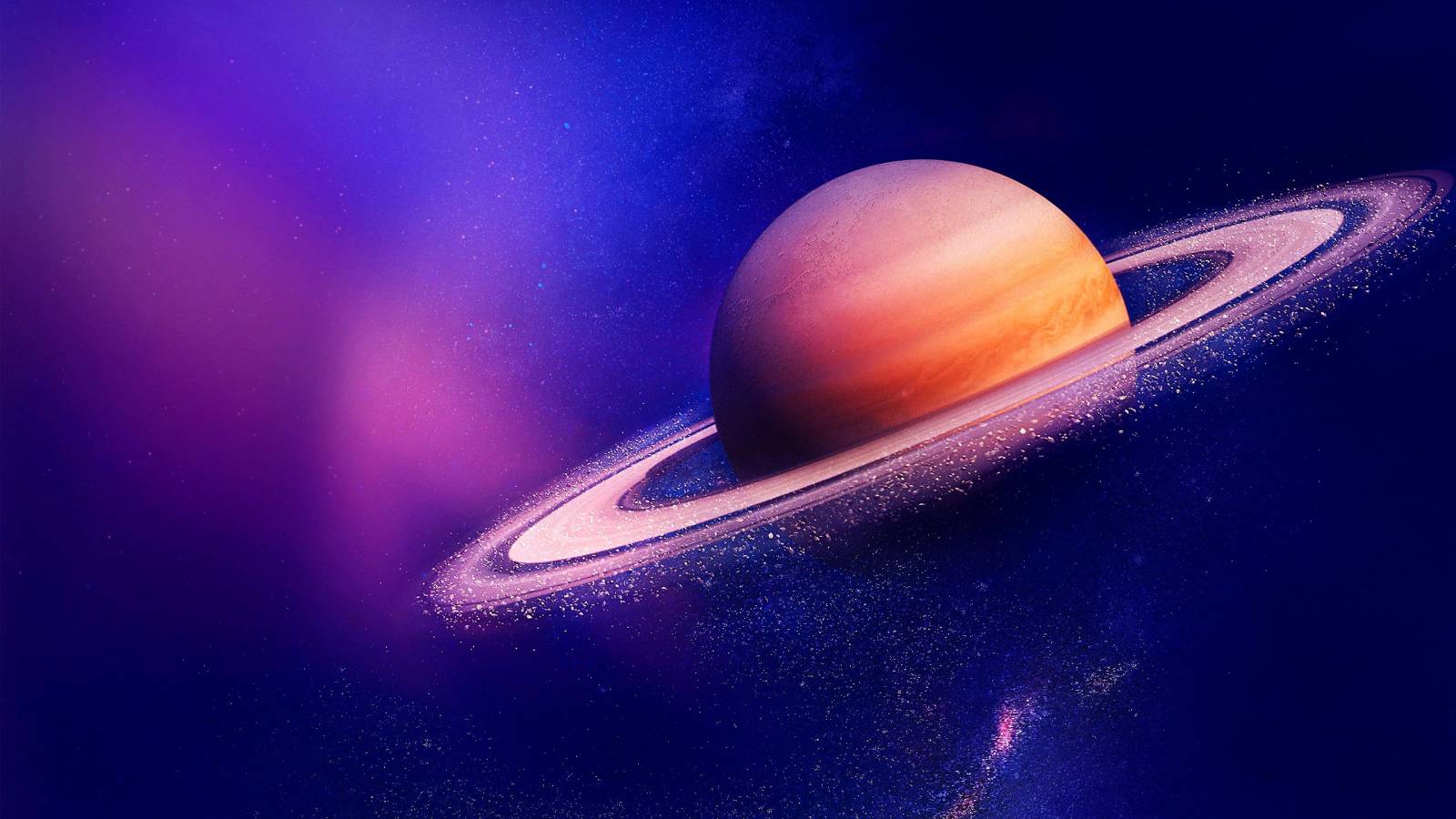







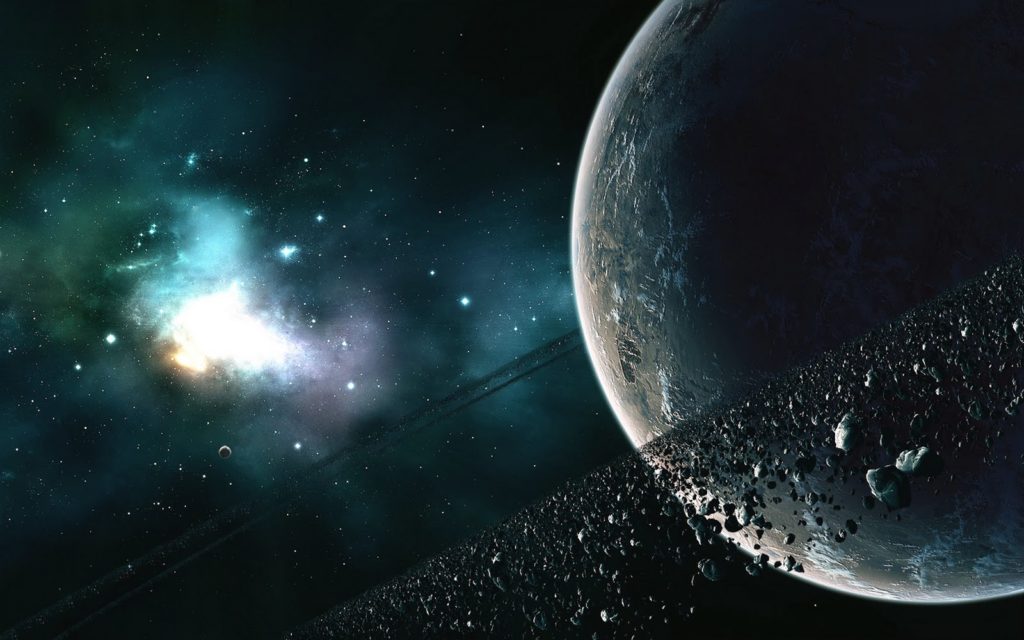

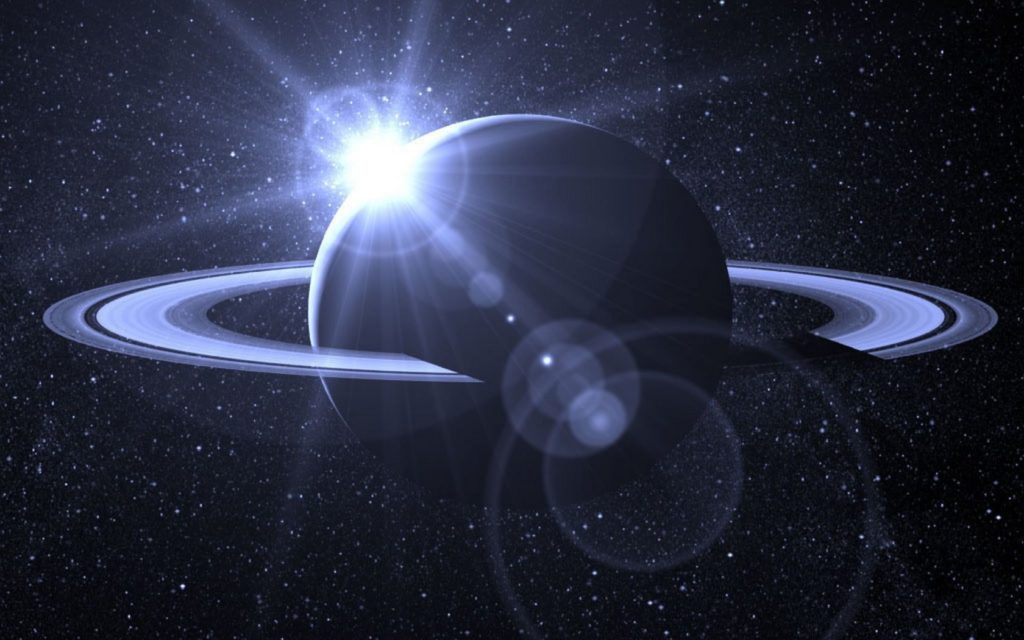
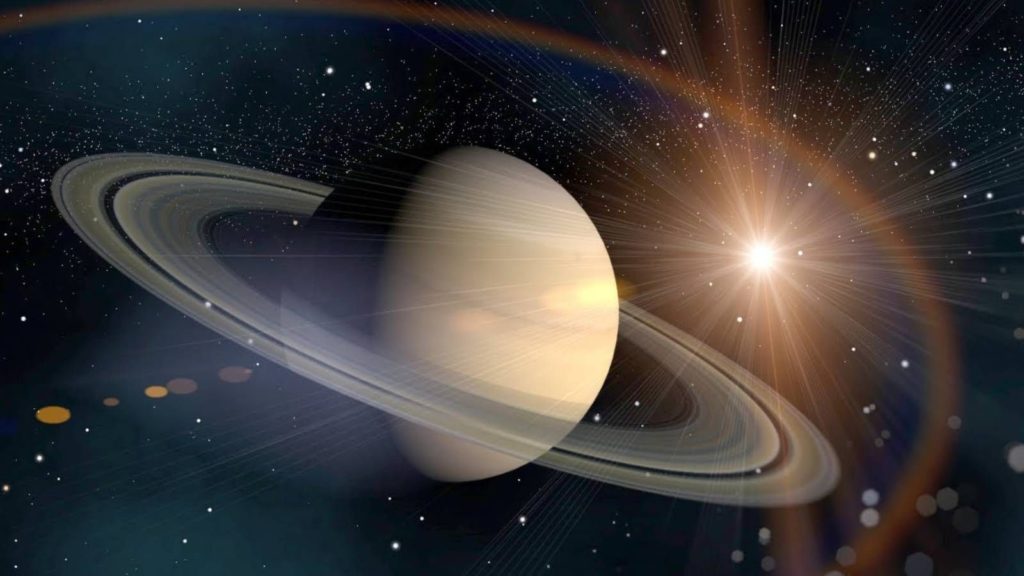
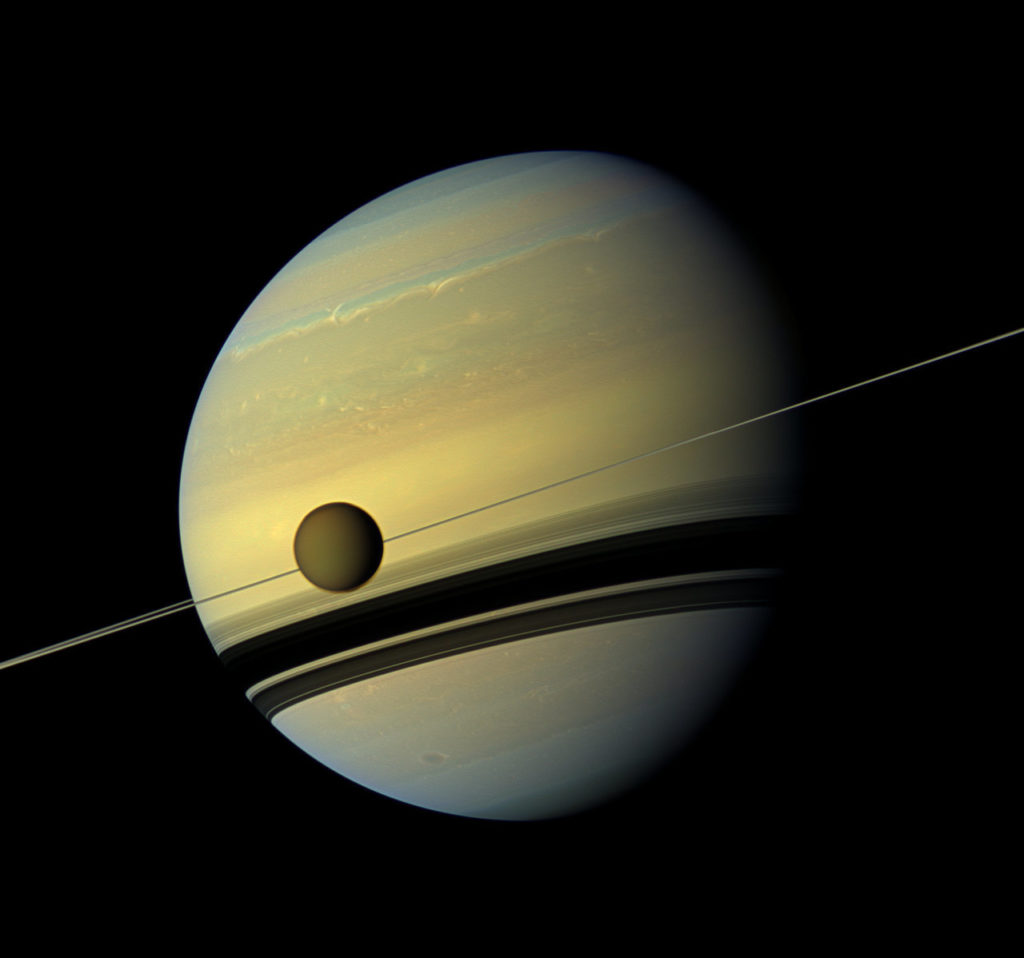

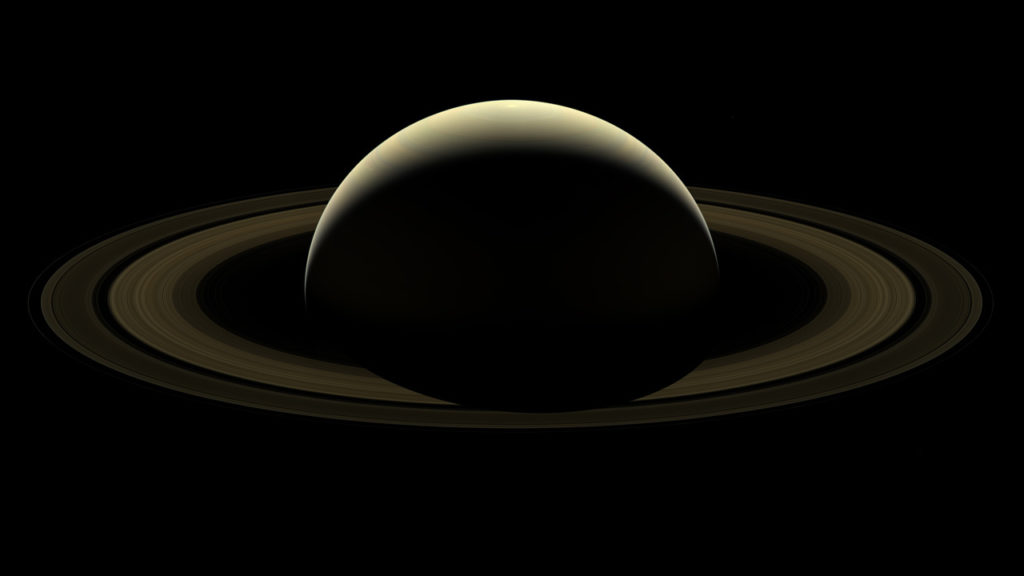
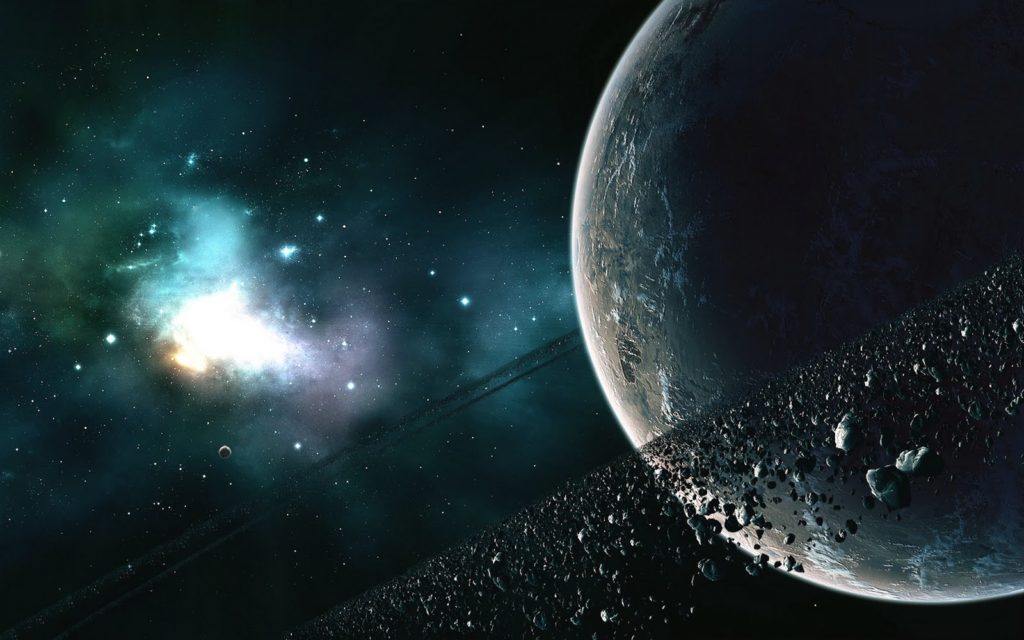
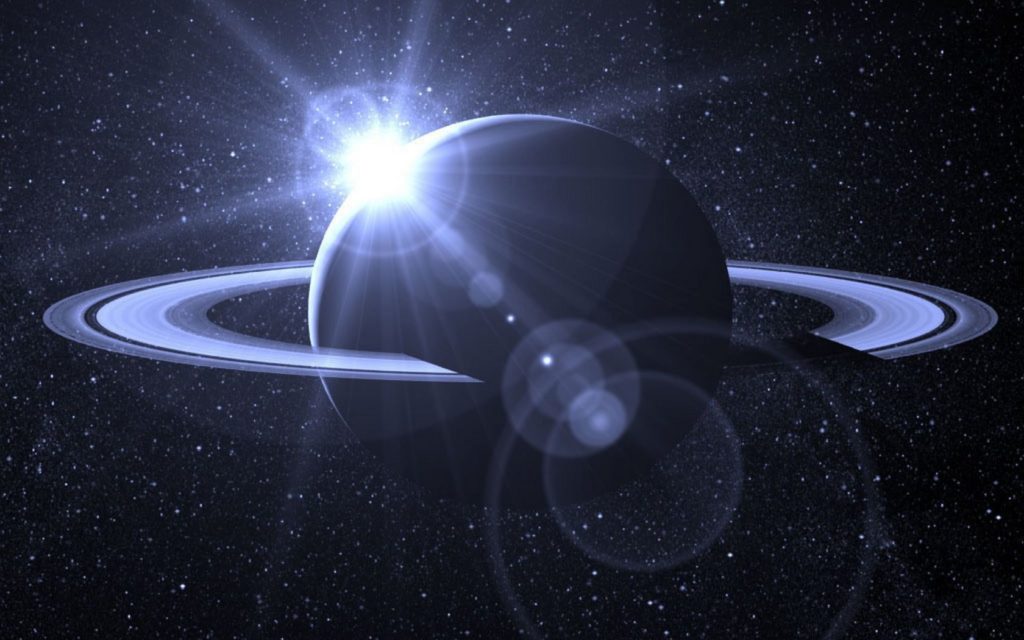
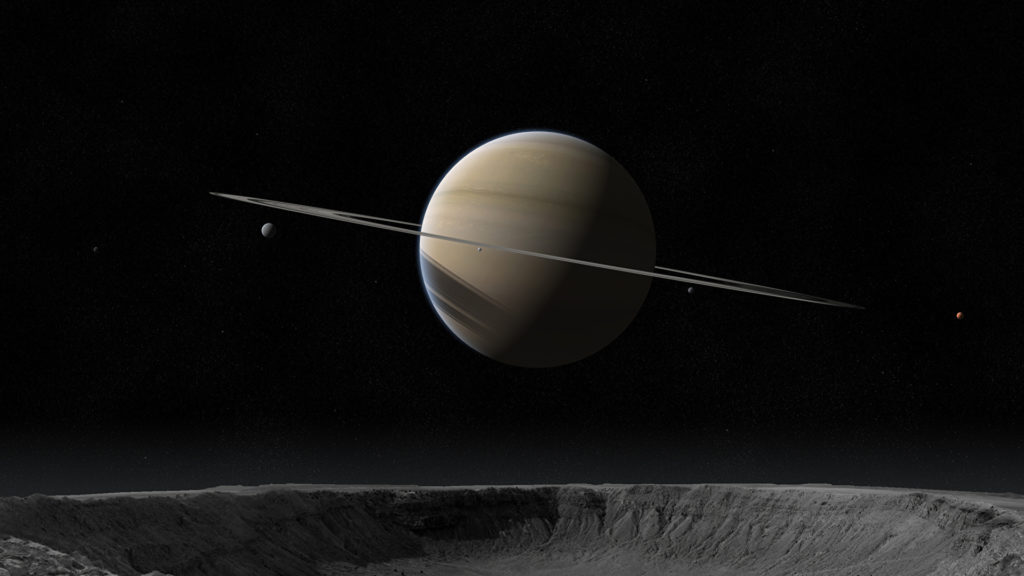


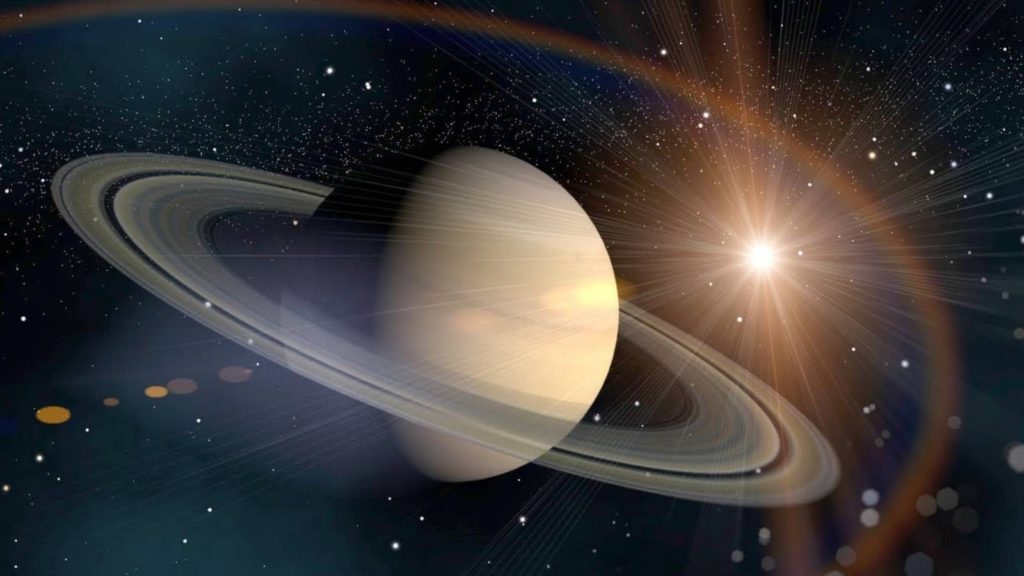


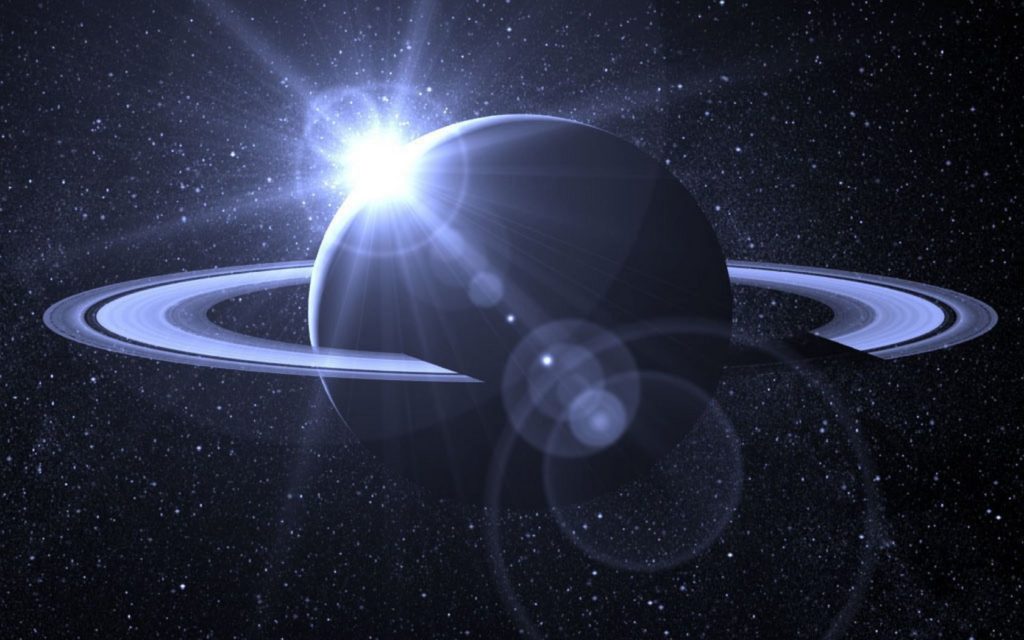
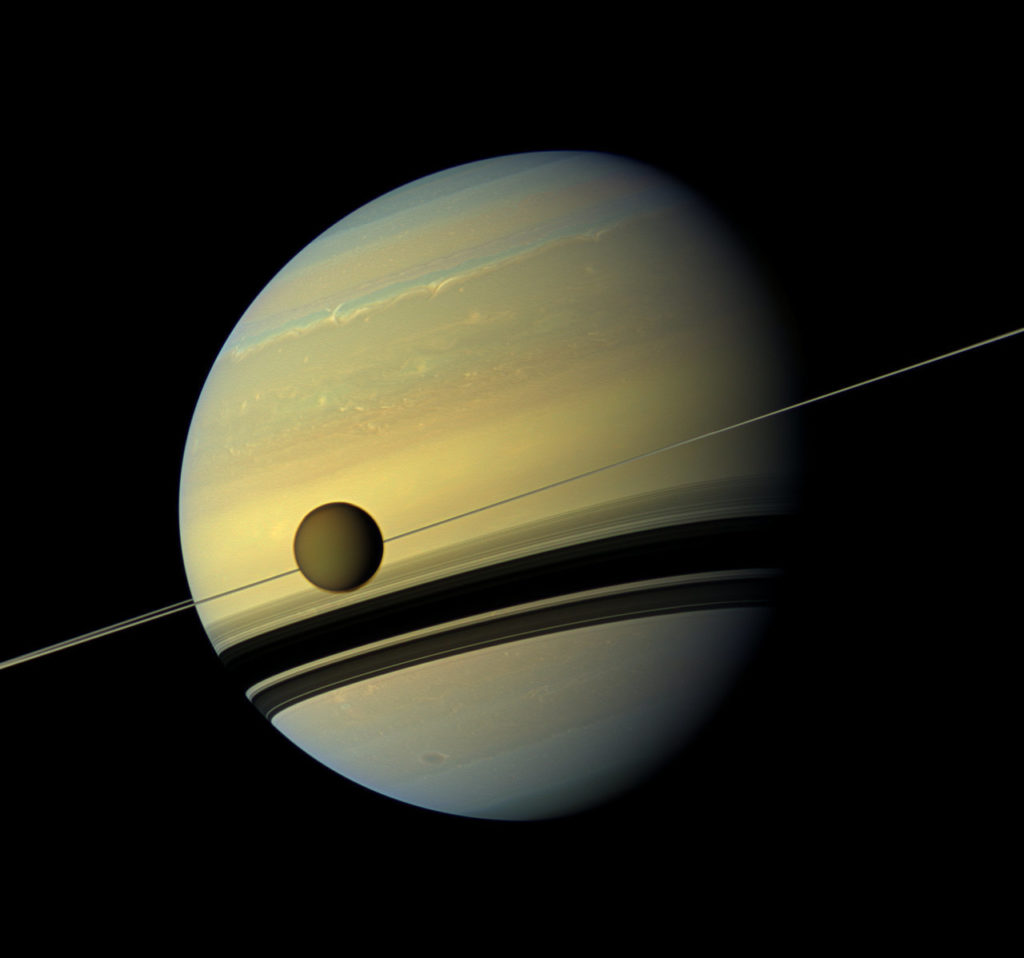



Hello! I just want to give a huge thumbs up for the great info you’ve right here on this post. I will probably be coming again to your weblog for more soon.
Hi are using WordPress for your site platform? I’m new to the blog world but I’m trying to get started and set up my own. Do you require any coding knowledge to make your own blog? Any help would be really appreciated!
i did mine without any coding classes.
My spouse and I stumbled over here by a different website and thought I might check things out. I like what I see so now i am following you. Look forward to going over your web page for a second time.
I like the helpful information you provide in your articles. I will bookmark your blog and check again here frequently. I’m quite certain I will learn many new stuff right here! Good luck for the next!